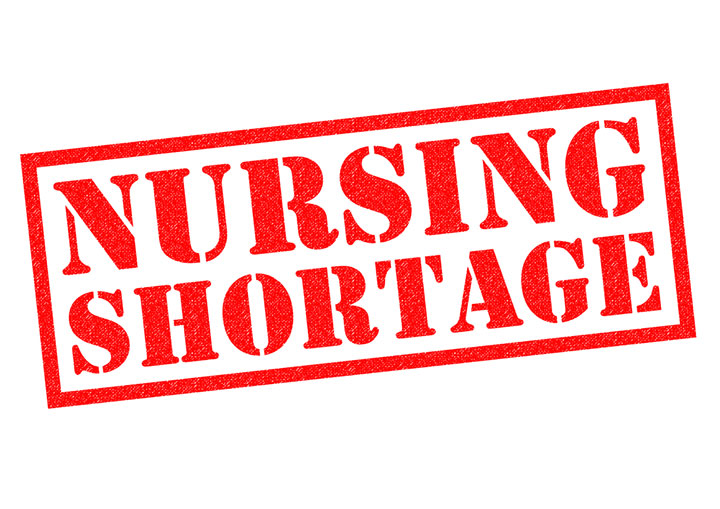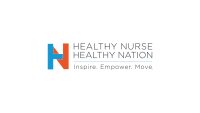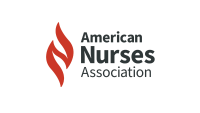ANA, partners develop detailed road map for better staffing.
News headlines about the nurse staffing shortage portray an extreme event placing enormous stress on nurses and our healthcare system. In my 45 years as a nurse there has always been some degree of a staffing shortage, but the current circumstances far exceed anything from before. The pandemic has worsened a host of nursing workforce challenges that have been in place for years.
Nurses nationwide are experiencing extreme fatigue and frustration from so many factors, starting with surge after surge of COVID-19 without an adequate break. They’ve also been required to take on more patients than usual, more shifts, and more mandatory overtime. Nurses feel undervalued and even disrespected by employers who don’t appear to have adequate plans or concrete measures in place to provide appropriate staffing. Short-term solutions like contracting nurses at much higher rates than the staff nurses working alongside them have further fueled these tensions. The list of challenges is long.
In addition to the negative effects on themselves, nurses are rightfully concerned that quality of care has been degraded.
These conditions prompted the American Nurses Association (ANA) on September 1, 2021, to call upon Health and Human Services Secretary Xavier Becerra to declare a national nurse staffing crisis and to mount a whole of government approach to solving this emergency—one that nurses alone can’t fix.
ANA also detailed short- and long-term proposed policy solutions. These range from convening key stakeholders to develop strategies and removing unnecessary barriers to APRN practice to continuing actions to raise COVID-19 vaccination coverage and providing additional resources for recruitment and retention incentives.
I particularly support ANA’s call to recognize appropriate payment for nursing services, separating this care from “room and board” in hospital charges. Doing so would be a tangible signal of nurses’ value as professionals.
In addition to publicizing this high-profile appeal, in October 2021 ANA conducted a series of listening sessions to hear directly from constituent and state nurses association leaders about the conditions in their areas. We recognize that while the nurse staffing shortage exists nationwide, the environment varies across communities.
This month ANA also is launching a national nurse staffing task force in partnership with American Association of Critical Care Nurses, Healthcare Financial Management Association, American Organization for Nursing Leadership, and Institute for Healthcare Improvement, along with representatives from a diverse panel of stakeholders from numerous organizations and entities across the country.
With this national forum, the task force aims to identify innovative and sustainable solutions that support healthy work environments and optimize nurse satisfaction, care outcomes, and patient safety. In the coming months, the task force expects to identify best practices for direct care nurses to partner with administrators to achieve appropriate staffing and to develop draft recommendations for attaining appropriate staffing.
Later this month, the American Nurses Foundation will announce the first round of pilots funded through the Reimagining Nursing Initiative. This ambitious effort aims to improve consumers’ health outcomes by transforming nursing education, regulation, and practice, including new staffing paradigms.
As these efforts take root, I encourage nurses to investigate ANA’s existing resources on staffing. Nurses need to educate themselves on state and federal legislation involving staffing and related proposals to prevent mandatory overtime and workplace violence (nursingworld.org/NurseStaffing). Now is the time for our voices to be heard and acted on.


Ernest J. Grant, PhD, RN, FAAN
President, American Nurses Association



















